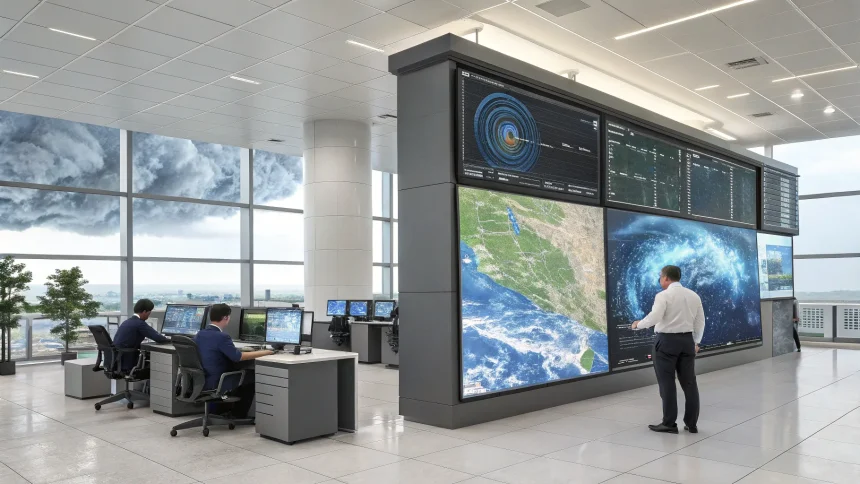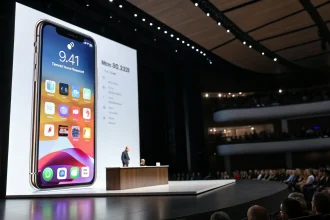Microsoft has introduced a new weather prediction system powered by artificial intelligence, with the launch strategically timed to coincide with the start of hurricane season. The new technology aims to improve forecasting capabilities during what meteorologists expect to be an active period for tropical storms.
The AI-powered system represents Microsoft’s latest venture into applying machine learning technology to environmental monitoring and disaster preparedness. By processing vast amounts of meteorological data, the system is designed to generate more accurate predictions about storm formation, intensity, and path trajectories.
Enhanced Hurricane Forecasting
Hurricane season officially begins June 1 in the Atlantic Basin and typically runs through November 30. The National Oceanic and Atmospheric Administration (NOAA) and other weather agencies have emphasized the importance of improved prediction tools as climate change potentially influences storm patterns.
Microsoft’s new system uses artificial intelligence to analyze historical weather data, current atmospheric conditions, and ocean temperatures. This comprehensive approach allows for more detailed modeling of potential hurricane development and movement.
Weather experts suggest that even marginal improvements in prediction accuracy could significantly impact evacuation planning and emergency response efforts. Earlier and more precise warnings could save lives and reduce property damage in vulnerable coastal areas.
Technical Capabilities
The AI weather prediction system incorporates several advanced features:
- Real-time data processing from satellites, weather stations, and ocean buoys
- Pattern recognition algorithms that identify early signs of tropical storm formation
- Predictive modeling that accounts for multiple variables affecting storm intensity
- Visualization tools that make complex data accessible to emergency managers
Unlike traditional forecasting methods that rely heavily on predetermined models, Microsoft’s AI system continuously learns from new data, potentially improving its accuracy over time. The technology can process information faster than conventional methods, allowing for more frequent forecast updates.
Collaboration with Weather Agencies
Microsoft has reportedly developed this technology in partnership with meteorological organizations, though specific collaborations have not been fully detailed. Such partnerships are crucial for integrating new prediction tools with existing weather monitoring networks.
“Advanced prediction technologies are becoming increasingly important as we face more extreme weather events,” noted a meteorologist familiar with similar systems. “The application of AI to weather forecasting represents a significant step forward in our ability to prepare communities for severe storms.”
The system will likely complement rather than replace traditional forecasting methods used by agencies like NOAA and the National Hurricane Center. Integration with existing early warning systems will be essential for maximizing the technology’s practical benefits.
Emergency management officials have expressed interest in how the new technology might improve their decision-making processes during hurricane threats. Evacuation orders, resource deployment, and public communications all depend on reliable forecast information.
Microsoft’s entry into weather prediction technology comes as other tech companies also explore applications of artificial intelligence in climate science and disaster response. The growing intersection of technology and meteorology reflects both the increasing capabilities of AI and the urgent need for better tools to address weather-related challenges.
As hurricane season approaches, coastal communities and emergency agencies will be watching closely to see how this new prediction system performs during actual storm events. The true test of any weather technology ultimately comes in its real-world application and accuracy.









